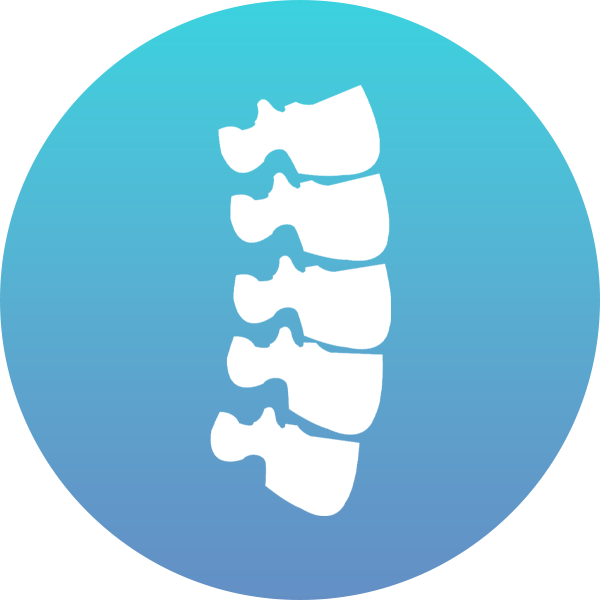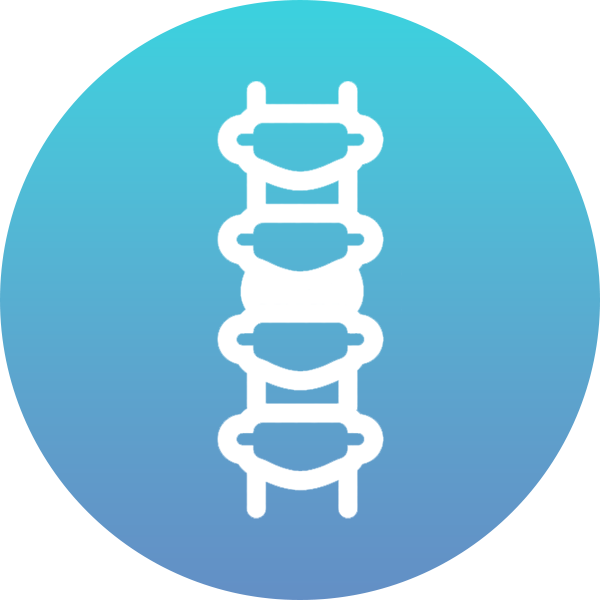
Discectomy
A lumbar disc prolapse is a very common problem for adults in the UK, and is the commonest cause of sciatica in the young adult. Over time the discs that sit between the bones of the spine start to dry, allowing small cracks to appear in the outer layers. These cracks can be painful themselves but if they open, they can allow inner disc material to come into contact with the nerves. When this happens, the nerve starts to get irritated causing sciatica with back spasms. Most of these episodes settle themselves down but if symptoms are prolonged, or are associated with worrying numbness or weakness, it is best assessed by a surgeon.
If your symptoms are due to a disc prolapse, an operation called a microdiscectomy may be required. A small incision in made in the middle of the back to gain access to the nerves. This allows for the piece of disc causing the irritation to be removed. Mr Quaye uses a microscope for these procedures, allowing him to keep the wound as small as possible, and thus the rehabilitation time to a minimum. When a microdiscectomy technique is used, most patients will be comfortable enough to go home the next day.

Decompression
As the spine ages, the small joints of the back will often form extra bits of bone around them. This is like any other joint in the body. Unfortunately in the case of the spine, these small bits of extra bone (osteophytes) grow into where the nerves normally live. This gives the nerves less room and causes irritation. Mostly these issues can be managed with simple measures, such as activity modification, exercise and analgesia. Injections can be helpful to settle irritated nerves down. When symptoms persist or are associated with worrying nerve dysfunction, it’s is best to consider surgery.
A lumbar decompression operation is performed to remove the bony spurs causing the compression. It involves taking a small window of bone away from the spine to take pressure of the nerves. Mr Quaye uses a microscope for these procedures, allowing him to keep the wound as small as possible, and the rehabilitation time to a minimum. Most patients undergoing this procedure are discharged the following day.

Fusion Surgery
There are a number of reasons you might need a lumbar fusion. Most surgery on the lumbar spine requires the removal of spurs of bone and / or disc material from around the nerves. Occasionally so much bone or disc material needs to be removed, the spine needs to be stabilised with screws and rods afterwards. Some patients already have a degree of instability prior to surgery and need to be stabilised to off load the nerves and prevent further compression.

Robotic Surgery
When the anatomy is tricky, it may be helpful for a surgeon to use a navigated system. This uses clever optically tracked instruments in theatre to guide the surgeon in siting the screws. Further to this, the surgeon can use a robot to help guide the screw placement along with a navigation system. This is not suitable for all patients. Mr Quaye will be able to tell you if this is the right operation for you. More information on this can be found here.
